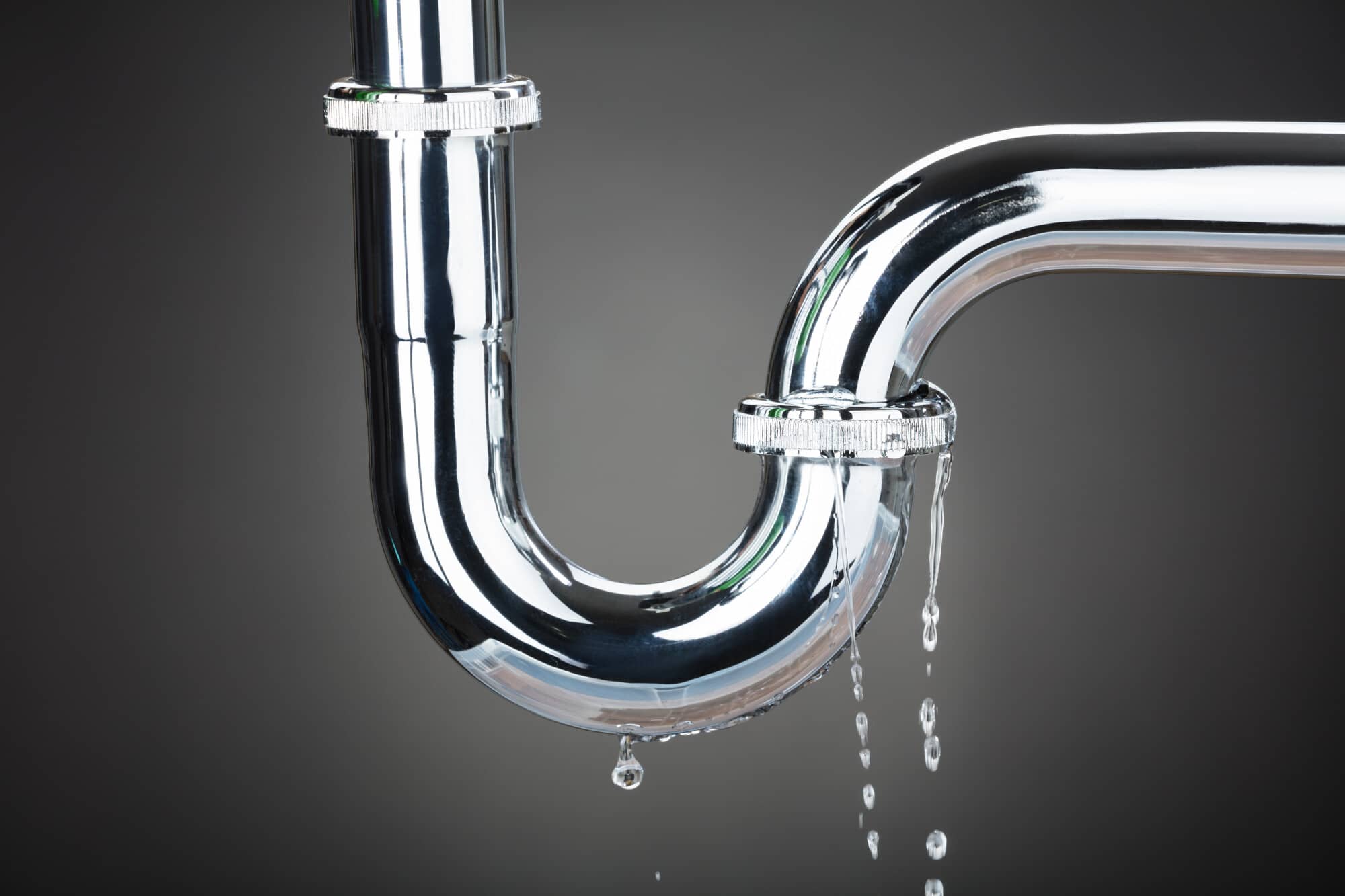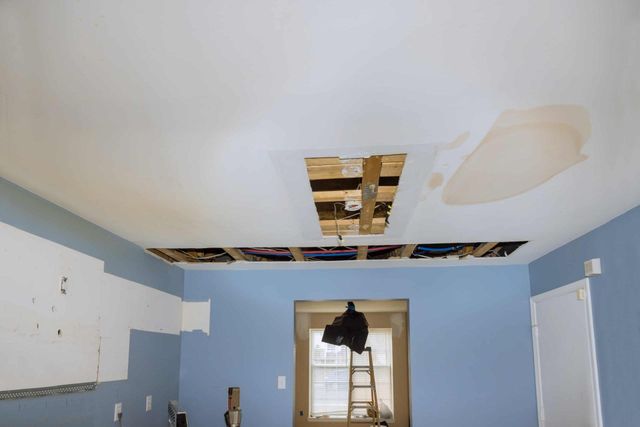Factors Leading to Water Harm in the Bathroom
Factors Leading to Water Harm in the Bathroom
Blog Article
What are your ideas regarding How to Repair and Prevent Bathroom Water Damage??

Water damage usually happens in the restroom due to the water utilized everyday. Often, the damage could be a little mold from the shower. Other times, it's enormous damage on your floor. Whatever it is, it is always good to know the reason and prevent it before it happens.
This overview will go through several of the usual sources of water damage in the washroom. We will certainly likewise analyze what you can do to stop these reasons from harming your washroom. Allow's dive in.
These are the common factors you would have water damage in your washrooms as well as how you can detect them:
Excess Wetness
It's trendy to have that long shower as well as dash water while you dance around and act like you're performing, yet often these acts might trigger water damage to your shower room.
Spraying water around can cause water to visit edges and create molds. View just how you spread out excess wetness around, as well as when you do it, clean it up to stop damage.
Splits in your wall surface tiles
Shower room wall surface tiles have actually been specifically made for that objective. They safeguard the wall from dampness from individuals taking showers. However, they are not indestructible.
Sometimes, your shower room wall floor tiles crack and also allow some dampness to permeate right into the wall surface. This might potentially destroy the wall if you don't take any activity. If you discover a split on your wall ceramic tiles, fix it right away. Do not wait until it damages your wall.
Overflowing commodes and sinks
As people, sometimes we make errors that might create some water damage in the restroom. For instance, leaving your sink faucet on can create overruning and damages to various other parts of the shower room with wetness.
Likewise, a defective commode can trigger overflowing. For example, a busted bathroom deal with or other parts of the tank. When this occurs, it might harm the flooring.
As soon as you see an overruning sink or toilet, call a plumber to aid take care of it right away.
Ruptured or Leaking Pipelines
There are many pipelines lugging water to different parts of your restroom. Some pipes take water to the bathroom, the sink, the taps, the shower, and also numerous other locations. They crisscross the small area of the restroom.
Every now and then, these pipes could get corroded and also burst. Various other times, human action might trigger them to leak. When this occurs, you'll discover water in the edges of your shower room or on the wall surface.
To find this, watch out for bubbling walls, molds, or mildew. Call a specialist emergency situation plumber to repair this when it takes place.
Roof covering Leakages
Often, the issue of water damage to the restroom could not originate from the restroom. For example, a roof covering leak could create damage to the washroom ceiling. You can detect the damage done by taking a look at the water discolorations on the ceiling.
If you discover water discolorations on your ceiling, check the roof covering to see if it's damaged. Then, call a specialist to assist solve the problem.
Verdict
Water damage to your shower room can be annoying. Nevertheless, you can handle it if you prevent several of the reasons stated in this guide. Call a specialist emergency plumber if you observe any extreme damages.
How to Prevent Water Damage in Your Bathroom?
Water damage repair is an expensive, meticulous, and lengthy process. Unfortunately, bathrooms are the most susceptible rooms to water damage due to toilets, showers, and sinks. Pipes and fixtures wear out over time and are not immune to damage. But all is not lost, as there are ways to prevent water damage from occurring in your bathroom.
Check Your Plumbing
Nothing lasts forever, especially pipes, which can rust and begin leaking over time. You should periodically conduct pipe inspections and pay attention for any musty smells or water stains that may indicate you need water damage repair. Here are some things to check:
Frequently test valves for your toilet, shower, and sink to ensure they are properly working. Check faucet supply lines hidden under vanities and replace when needed. Replace cracked or deteriorating caulking along sinks, tubs, and showers. If you notice a clog in your sink, call in a professional. Since you can’t check the pipes in the wall, keep an eye out for stains, drywall bubbling, musty smells, and excess moisture; if the bathroom is on a second level, check the ceiling of the room directly below for these signs. Don’t Overwork Your Toilet
One of the most common reasons bathrooms need water damage repair is due to overflowing toilets. Save yourself the hassle of cleanup by being mindful and not pushing your toilet to extreme limits. If you have young children, it is especially important to keep an eye on them when they are in the bathroom and to teach them how to avoid clogging the toilet. Here are some more tips to help prevent your toilet from overflowing:
If you have a septic tank, only use septic-safe toilet paper Do not flush anything down the toilet besides toilet paper; items like diapers and sanitary napkins will clog the piping Pay attention to your toilet’s water level: If it’s low, it could mean it is partially clogged or that there is a crack in the toilet bowl https://www.alure.com/home-improvements-blog/resources/how-to-prevent-water-damage-in-your-bathroom

I recently found that piece about How to Repair and Prevent Bathroom Water Damage? when looking around the internet. Feel free to take a moment to promote this blog if you appreciated it. Kudos for your time. Don't hesitate to check up our site back soon.
Browse Website Report this page